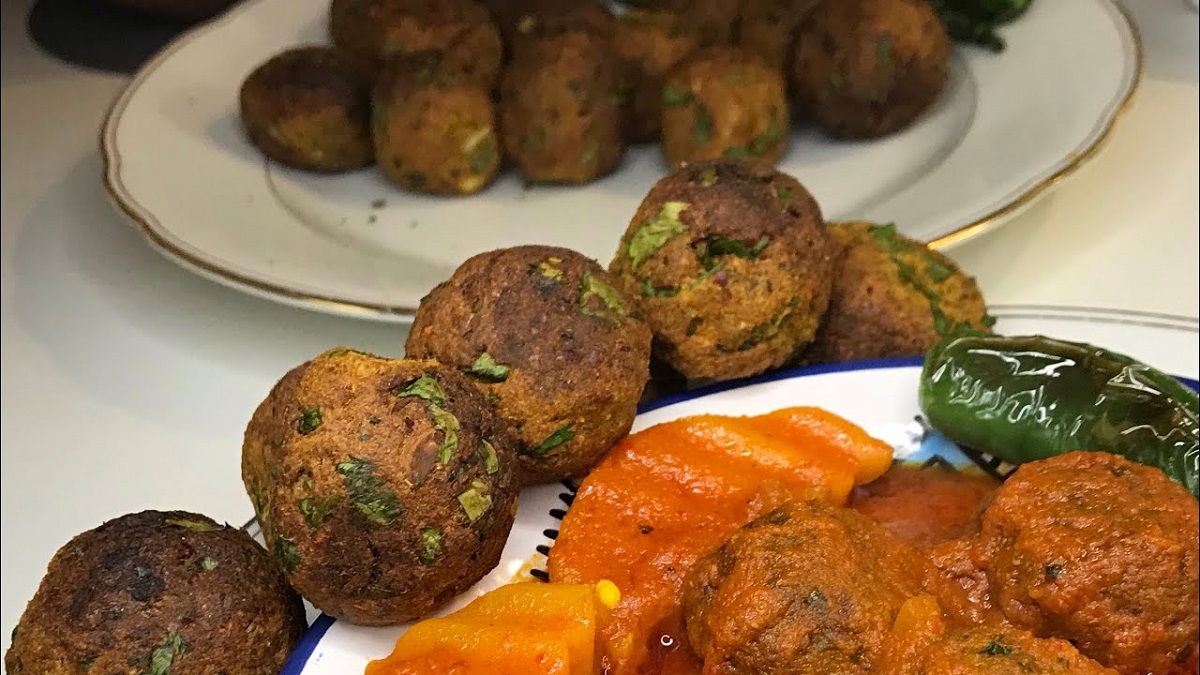Tunisian Sardine Kofta: A Traditional Mediterranean Delight
Discover the flavors, history, and health benefits of Tunisia’s iconic sardine meatballs—an affordable and nourishing coastal dish.
Tunisian cuisine is known for its bold spices, Mediterranean influences, and smart use of local ingredients. One of the most iconic dishes in coastal regions is Keftet Sardine, or Sardine Kofta—a savory, spicy fish meatball made with mashed sardines, herbs, and breadcrumbs. It is not only a staple for working-class families but also a celebrated street food during Ramadan and summer months.
What is Sardine Kofta?
Sardine Kofta is made by cleaning and deboning fresh sardines, then crushing them into a paste-like texture. This fish base is mixed with ingredients such as:
-
Chopped parsley and cilantro
-
Garlic
-
Harissa or chili flakes for heat
-
Cumin, coriander, and caraway for flavor
-
Stale bread or breadcrumbs soaked in water
-
Egg (to bind)
-
Salt and pepper
Once combined, the mixture is shaped into small balls or patties, which can be fried, grilled, or baked. Some versions also include chopped onions or mashed potatoes for extra texture.

Regional and Cultural Roots
In coastal cities like Sfax, Bizerte, and Gabès, sardines are abundant and cheap. The dish reflects a practical, sustainable way to turn a simple fish into a filling family meal. Sardine kofta is commonly eaten with:
-
Fresh baked bread
-
Couscous or rice
-
Tomato-based sauces
-
Or wrapped in a baguette as street food
It’s also a go-to dish during Ramadan, served with soups like Chorba or stews like Marka Hloua.
Nutritional Value
Sardine kofta is not only tasty but rich in nutrients:
-
Omega-3 fatty acids, which support heart and brain health
-
Protein, essential for muscle maintenance
-
Calcium and vitamin D, especially when bones are left in the mixture
-
Iron and B-vitamins from herbs and spices
Grilled or baked versions are especially healthy and low in saturated fat.

How to Serve and Store
Sardine kofta can be eaten:
-
Hot or cold
-
As a main course or appetizer
-
In sandwiches with harissa and pickles
They also freeze well, making them ideal for meal prep.
Tunisian Sardine Kofta is more than a meal—it’s a cultural heritage, a smart use of local resources, and a flavorful expression of North African ingenuity. Whether you’re exploring Mediterranean cuisine or looking for healthy seafood alternatives, sardine kofta deserves a spot on your plate.



